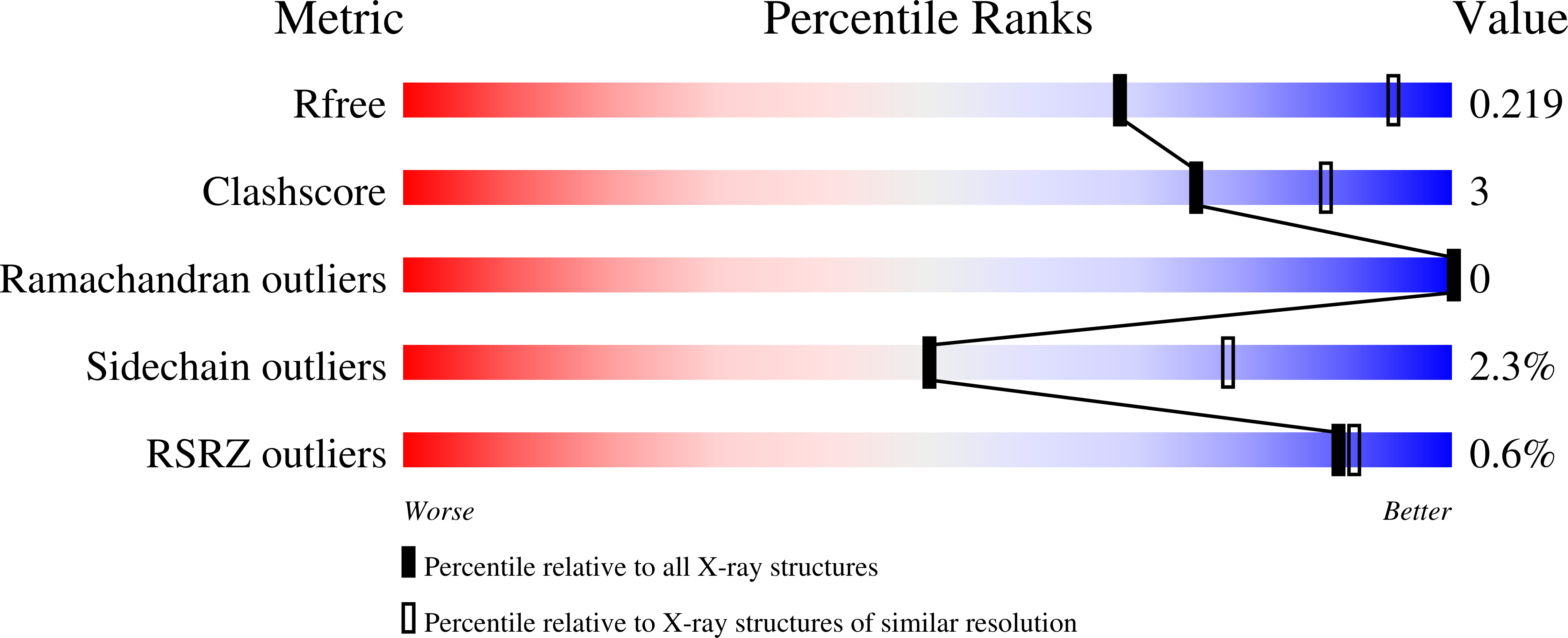
Deposition Date
2023-10-17
Release Date
2024-06-19
Last Version Date
2024-06-19
Entry Detail
PDB ID:
8QVB
Keywords:
Title:
Crystal structure of chlorite dismutase at 3000 eV based on a combination of spherical harmonics and analytical absorption corrections
Biological Source:
Source Organism:
Cyanothece sp. PCC 7425 (Taxon ID: 395961)
Host Organism:
Method Details:
Experimental Method:
Resolution:
2.70 Å
R-Value Free:
0.21
R-Value Work:
0.17
R-Value Observed:
0.17
Space Group:
P 1


